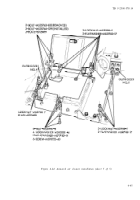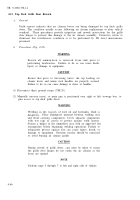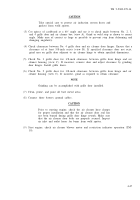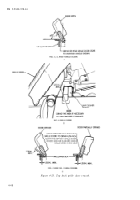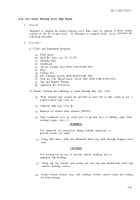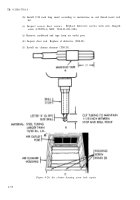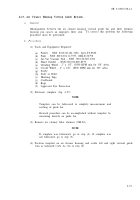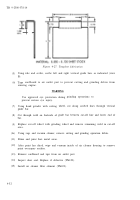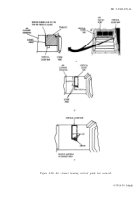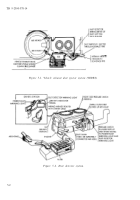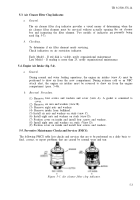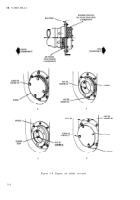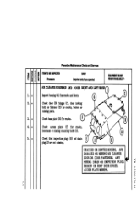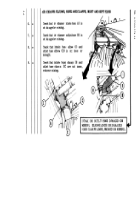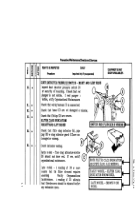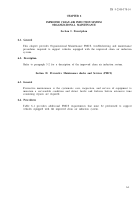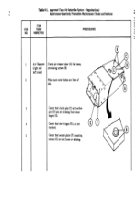TB-9-2300-378-14 - Page 115 of 296
TB 9-2300-378-14
CHAPTER 5
IMPROVED CLEAN AIR INDUCTION SYSTEM
CREW OPERATION/MAINTENANCE
5-1. General.
This chapter contains a description, and inspection and maintenance instructions that the crew
is authorized to perform to keep the improved clean, air induction system operational. A large
percentage of engines have to be replaced because dust, dirt, and foreign material is drawn into
the engine due to a defective air induction system.
The crew is responsible for the condition of
the vehicle.
Crew maintenance, for the improved air induction system, is limited to
performance of the daily preventive maintenance, checks, and services PMCS. Report all
uncorrected defects to organizational maintenance.
The crew may perform other maintenance
procedures, but only under the direction of organizational maintenance.
5-2. Improved Clean Air System.
a.
b.
c.
d.
General.
The improved clean air system operates essentially the same way as
conventional system, but incorporates improved air induction components, a dust
ejector system that takes the place of the air cleaner centrifugal fans, and a dust
detector.
Improved Air Induction Components.
Improved air induction components include
reduced restriction inlet and outlet elbows and hoses, improved clamps, improved
gaskets and studs, spring loaded filter element, and late model filter clog indicator.
Vehicle Exhaust Dust Ejector System (VEDES).
The vehicle exhaust dust ejector
system (VEDES) (fig. 5-1) replaces the air cleaner centrifugal fans. The air cleaner
housing is modified to plug the fan exhaust elbows and to accommodate a tube
manifold with its associated hoses, clamps, and mounting bracket installed in place of
the fans.
A system of dust scavenge tubes, check valves, and exhaust pipes with
integral dust ejectors is mounted along each cylinder bank above and parallel to the
engine and transmission oil coolers.
VEDES scavenges dust from the precleaned
section of the air cleaners through suction action of the exhaust ejectors.
Engine exhaust blowing by ejector nozzles at the exhaust outlet causes a pressure drop
which creates the air flow for the scavenging action in the precleaners. Dust-laden
scavenge air flows from the precleaned chamber through the ejector collector ring and
mixes with the exhaust gasses at the nozzle outlet, after which the exhaust/dust
mixture is ejected through the exhaust pipe.
Dust Detector.
The dust detector system (fig. 5-2) uses engine air induction manifold
pressure to circulate air through filter strips in the dust detectors mounted in the
turbo supercharger compressor housing.
When the filter strip(s) become clogged, the
resultant change in pressure actuates a pressure switch which illuminates the power
plant warning light and the dust detector warning light in the driver’s compartment. A
dust detector warning light ON indicates a restricted falter strip in either or both
engine bank dust detectors.
5-1
Back to Top

